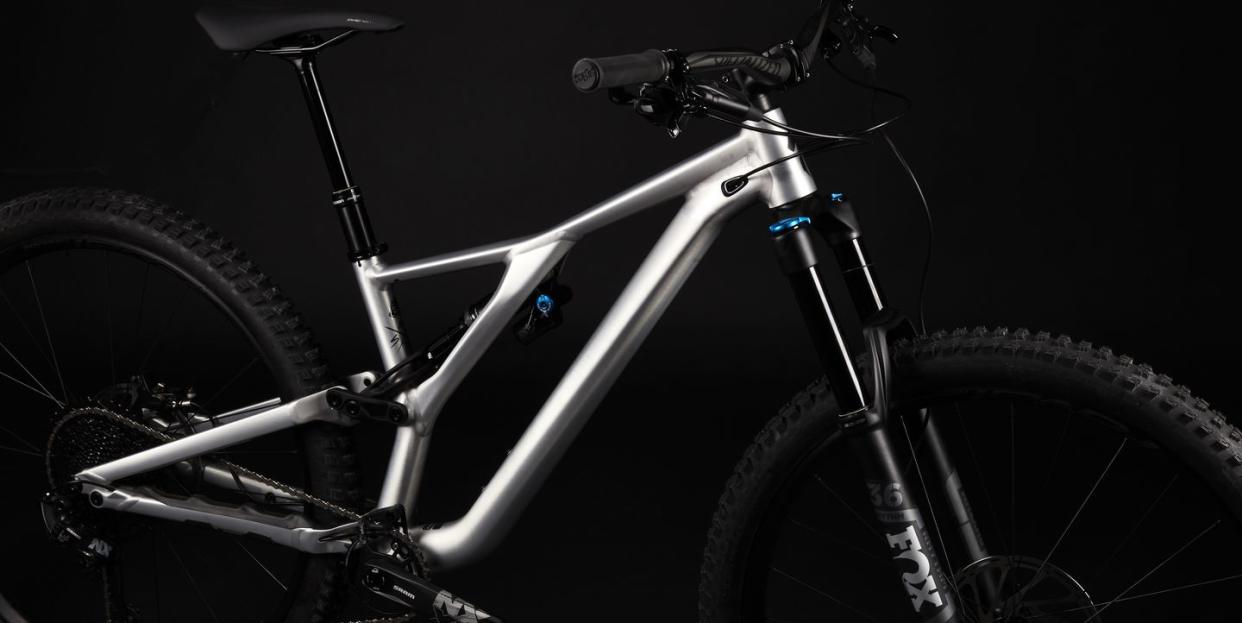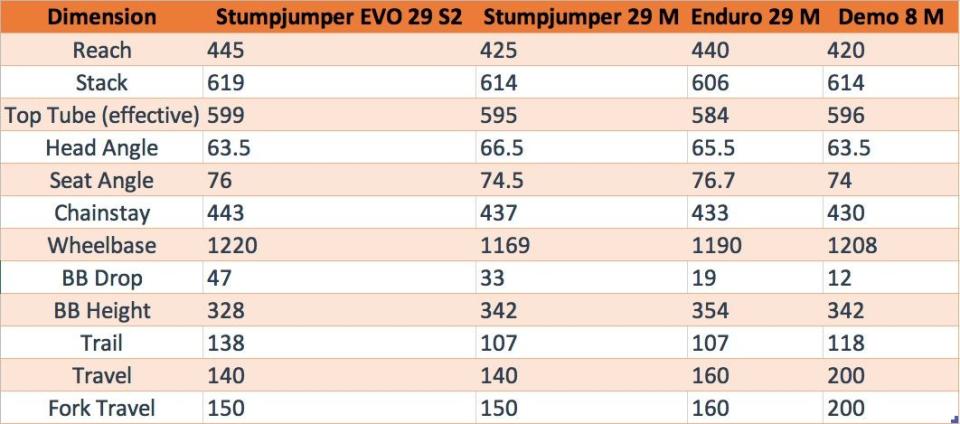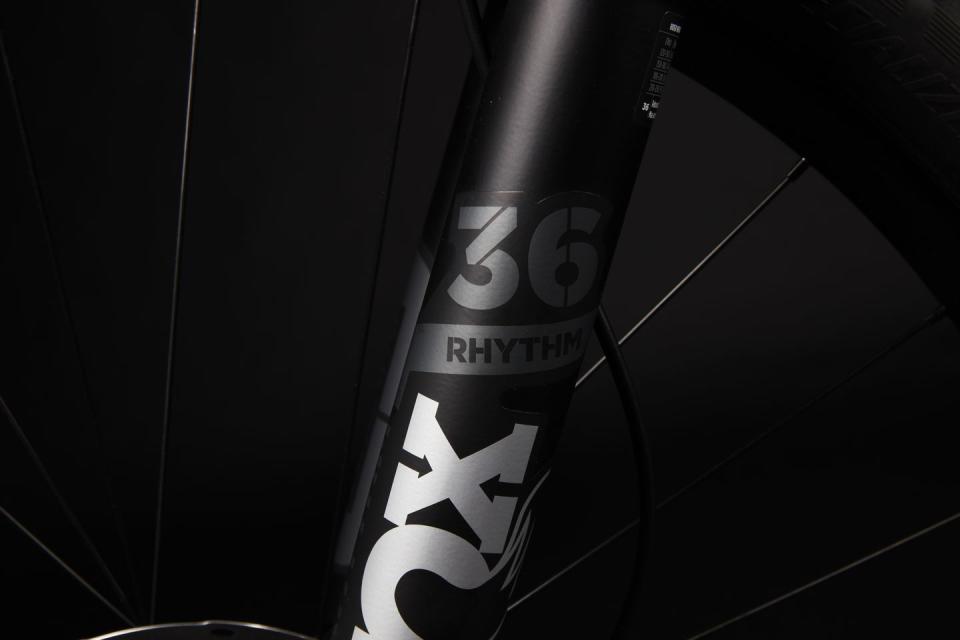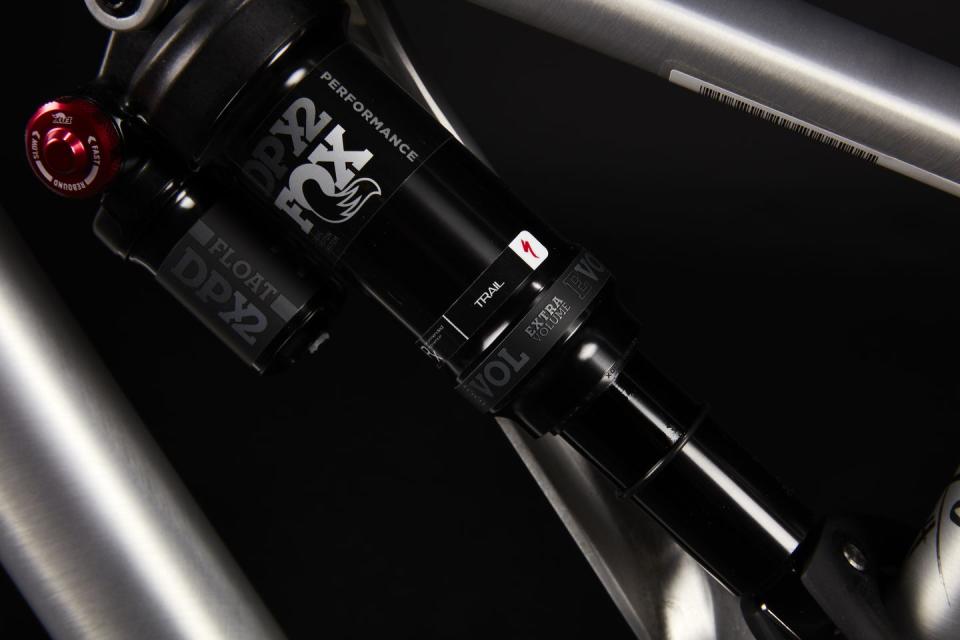Ride All the ‘A’ Lines on the Specialized Stumpjumper Evo Comp Alloy 29

Price: $3,620
Weight: 32.8lbs (S2)
Style: Enduro
Drivetrain: SRAM NX Eagle
Material: Aluminum
Wheel Size: 29
Travel: 140mm
Fork Travel : 150mm
The right bike for: Riders seeking downhill-bike feel for riding everyday trails
This EVO version of Specialized’s enduring Stumpjumper 29 won’t appeal to as many people as the standard Stumpy trail bike,but that’s what makes it so cool. It’s for riders seeking out the steepest, gnarliest, and fastest trails—tracks normally in the realm of downhill rigs—but includes a wide-range drivetrain and suspension that will help get you back up to the top sans chairlift.
It’s much longer, lower, and slacker than the standard Stumpjumper. And even though it has the same travel as the regular Stumpjumper 29 (140mm rear, 15mm front), and uses the same suspension design, the descending feel is closer to a downhill bike.
The SRAM NX Eagle drivetrain has a wide gear range to climb fire roads or flow mellower trails, but because the EVO is built to descend, you’ll find yourself thankful for the 30/50 small gear when grinding out a long, seated climb.
At $3,620, it’s a respectable value for a bike with this kind of performance. That’s thanks to the clever spec and an aluminum frame that is strong, looks great and, according to Specialized, comes with only a small total-bike weight penalty over a carbon model. The ride is smooth and planted, making choppy sections feel like flow trails. The faster and steeper the trail, the better the EVO performs, which means you can still shred even when the lifts aren’t running.
Five Things We Love
Body Like a Demo 8, Bangin' like an 808
Geometry-wise, the long, slack Stumpjumper Evo resembles an evolved Demo 8 more than the regular Stumpy 29. Unlike the conventional Stumpjumper line, the Evo comes in two sizes, called S2 (tested) and the longer S3.
The 63.5 degree head is identical to Specialized's Demo downhill bike (with 27.5-inch wheels) and a full three degrees slacker than the trail version. A flip chip features low or high settings, which steepens the head and seat angles by half a degree and raises the bottom bracket 6mm.

The wheelbase is super long compared to the regular trail Stumpy. At 1220mm, it’s stretched out 51mm more, and is 12mm longer even than the medium Demo 8 (1208mm). The S2-sized Evo’s reach also dwarfs both bike as the 445mm measurement is at at least 20mm longer than both (in size medium). The bottom bracket gets lower for stability and the drop of 47mm leaves it sitting 14mm lower than on the Stumpy 29. Despite the large drop, the 170mm cranks help keep pedal strikes to a minimum. The seat angle gets much steeper than both models at 76 degrees to give you a better chance at finding a good climbing position that the Demo 8 doesn’t need.
All the cables are internally routed so it looks sleek. Although it feels like a Demo 8 with Stumpjumper parts, that doesn’t really do it justice. The bike was designed from the ground up to give it a unique ride that maximizes the enjoyment of descending while limiting the pain of climbing.

Gravity-Oriented Build
The $3,620 price tag puts the Evo into a mid-range price bracket, without noticeably compromising performance.
The Fox Rhythm 36 Float and Fox Flaot DPX2 Performance shock are both at the lower end of Fox’s offerings but they still offer high-quality suspension without the added adjustment that comes with more expensive options. The SRAM NX Eagle drivetrain shifts smoothly and is reliable even when wet and muddy. These less expensive parts add a little weight compared to the higher end stuff but since the enjoyment comes mostly from going down the trails, I found I would slow my climbs and save my energy to fully enjoy the descent, so the minimal added weight didn’t really matter.
The intended use of the Stumpy EVO is evident in some of the parts picks. SRAM's downhill-spec Code R four-piston brakes with 200mm rotors front and back are ideal for an aggressive bike like this as they are powerful and don’t fade during long descents. The Specialized 2.6-inch wide Butcher tires feature the brand’s tough GRID casing to help prevent flats. There's also an 800mm wide riser bar, a chain guide, and Sensus—not Specialized—lock-on grips.
Helping keep things quiet on rowdy descents are is Specialized’s waved chainstay protector. The design disperses the force when the chain slaps against it and significantly softens chain slap.
Ride Impressions
Climbing
The Stumpjumper EVO is well suited to a bike park and during the season it should be ridden in one as often as possible as descending is where it excels. But it’s the ability to use a bike this long and slack when the bike park shuts down is that makes it so different. The Evo's 140mm of rear travel—much less than the 200mm found on most downhill bikes—and uses the same dual link suspension of the regular Stumpy trail bike for more efficient climbing than you'll experience in a downhill bike. Especially with the Fox shock's mode switch is set to the medium or firm mode, the Evo has a fair amount of support and a more progressive leverage ratio to give more mid-stroke support and prevent the shock from diving under bumps while climbing. Don’t expect to win any hill climbs, but it will get up fire roads and trails with minimal obstacles without too much difficulty. I made sure to set the shock into the middle or firm setting on climbs for some extra support. The long wheelbase makes it easy to keep the front wheel on the ground, but it tends to flop at slower speeds. Fighting to keep the Evo's front wheel tracking straight on technical climbs can be exhausting, so I always took the easiest possible climb to stay as fresh as possible and hammer the descent.

Descending—Where the Fun Really Begins
The Stumpjumper Evo, is most at home in steep and rough terrain. For testing, I rode a network of technical trails dissected by a fire road that included a super steep downhill run with some big drops. I kept the flip chip in the high position. Even in this mode, the 64 degree head tube angle was plenty slack and I liked the slightly higher bottom bracket to limit pedal strikes.
Across all the trails the Stumpjumper felt calm, staying close to the ground and soaking up small bumps with ease. It makes big hits and large rock gardens feel much smaller than they are and on one occasion when a boulder seemed to appear from nowhere, the front wheel went up and over keeping me on the bike when I expected to be eating dirt. The ride is smooth and my fastest runs involved less pedaling than I expected as the Evo carries speed so well.
I was able to keep my speed up on straights without stomping on the pedals and focus on picking my ideal line ahead of each turn. I could carry that speed into the turn and drive through it to come out faster on the other side. On trails that I wasn’t familiar with, including the downhill trail, the Stumpjumper Evo was forgiving, keeping me in the saddle and on my line. At times, it lacks the snappy feel of modern longer travel bikes that let you flick the rear end through corners, but on a seemingly endless boulder section that threatened to throw me off, I was able to find my way out thanks to stability of the Evo that comes in part courtesy of its length.
The ride feel isn’t going to be as plush as a 200mm downhill rig on the big stuff but the suspension offered plenty of support and never bottomed out when riding off drops. It gives confidence to ride unfamiliar, gnarly trails that would normally be ignored if riding a more traditional trail bike as well as push the limits of your riding when the terrain becomes more familiar.
The accessibly-priced Stumpjumper EVO Comp Alloy 29 is ideal for riders who love to descend and have access to super steep trails to extend the season after the bike park closes.
You Might Also Like

